No Cap!
Birds Shrewd Salary Cap Circumvention Enables Success
The Eagles are one of the most aggressive and innovative teams when it comes to salary cap maneuvering and contract structures.
Part of this aggression stems from they’re willingness to spend cash – more than some of their opponents do.
There’s a significant distinction between cash spent and salary cap allowance.
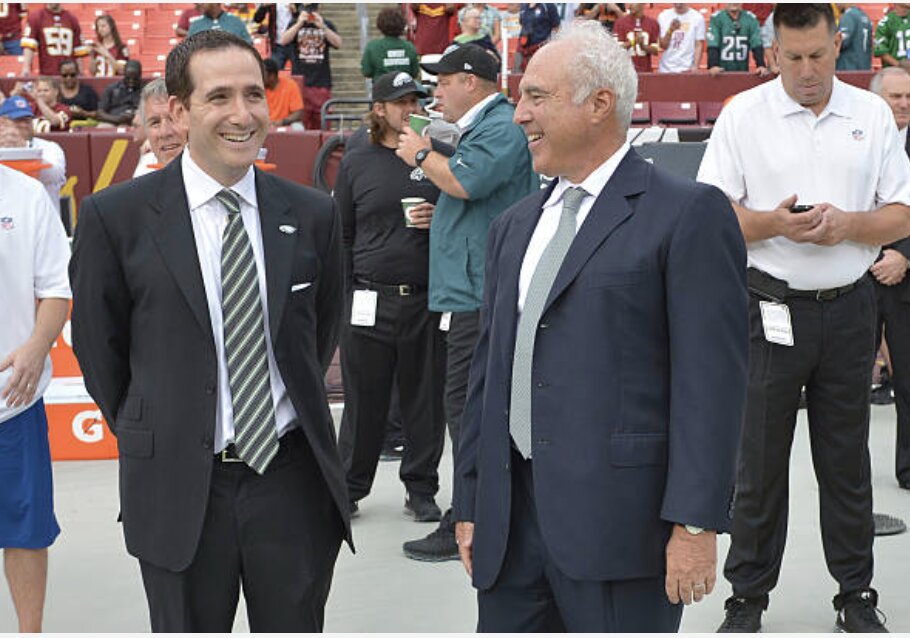
GETTTY IMAGES: Eagles EVP Howie Roseman (left) and Jeff Lurie have showed more willingness to spend cash than other NFL teams do.
The salary cap is set in accordance with revenue sharing described in the CBA Article 12. Each team essentially has the same cap allowance (with some differences due to salary credit, cap rollover, etc.).
But thanks to cap accounting rules described in Article 13 of the CBA, teams can spread out the cost of contracts by including signing bonuses.
A signing bonus is paid up front, in cash, but typically counts against the salary cap in equal amounts prorated over a maximum of five years (including the possibility of void years, a favorite of Howie Roseman’s).
What’s the advantage of spending more than the cap reflects?
This method allows teams to entice players and create more flexibility in contracts by amortizing (or spreading evenly) the value of those deals over the course of several years.
It requires ownership buy-in to provide the cash upfront. Not every NFL owner is willing to spend as much up-front cash as others.
This story, the first of a three-part series about the Eagles’ salary cap management, focuses on different methods of cash spending vs. cap allowance along with positional allocation of resources, using 2017-2024 as a timetable.
Along with the Eagles, the teams selected for this case study are the Pittsburgh Steelers, Green Bay Packers, Kansas City Chiefs, and Dallas Cowboys.
[Editor’s Note: Actual, accurate salary cap data is privately held by the NFL. This story relied on the most credible web sources possible for public contract info. This story was sourced by Spotrac Premium. Also, these stories are a simplification of the salary cap and its mechanics as the 2020 NFL Collective Bargaining Agreement (CBA rules are more nuanced.]

The “other” Pennsylvania team has mostly kept its cash and cap spending close.
However, a clear departure in strategy started in 2022 season – the season GM Kevin Colbert stepped down and his underling, Omar Khan, was promoted.
Under Khan, who presided over the team’s spending before his promotion, the Steelers have been able to limit the cash spent and have most of their spending reflected in cap only.
This strategy could also be partially due to the Steelers having one of the cheapest quarterback rooms in the NFL.
The Steelers signed Russell Wilson for the veteran minimum of $1.21 million – thanks to Wilson still receiving payments from the Broncos – and traded for Justin Fields on his rookie contract.
The Steelers also traded away their 2022 first-round pick, Kenny Pickett, to the Eagles.
Here’s how their roster is currently structured under Khan’s current leadership:
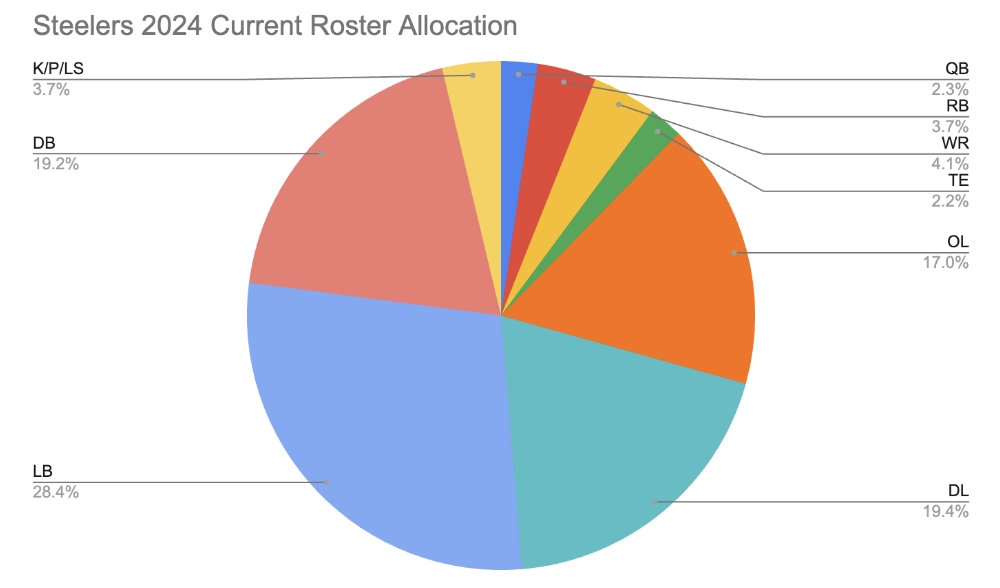
The Steelers have most of their salary cap allocated to the linebacker position, which is the highest amount of any NFL team.
This comes after their recent signing of former Ravens linebacker Patrick Queen. But this number might also be skewed because it accounts for T.J. Watt, who is used predominantly as a pass rusher.
The Steelers also spend a decent portion of the salary cap on the secondary, defensive line, and offensive line.
Green Bay Packers
The Packers were selected for this case study because they are the NFL’s only publicly owned team and presumably would be less likely to shell out cash.
But upon reviewing their actual spending, it’s only since 2023 that cash has been less than salary cap.
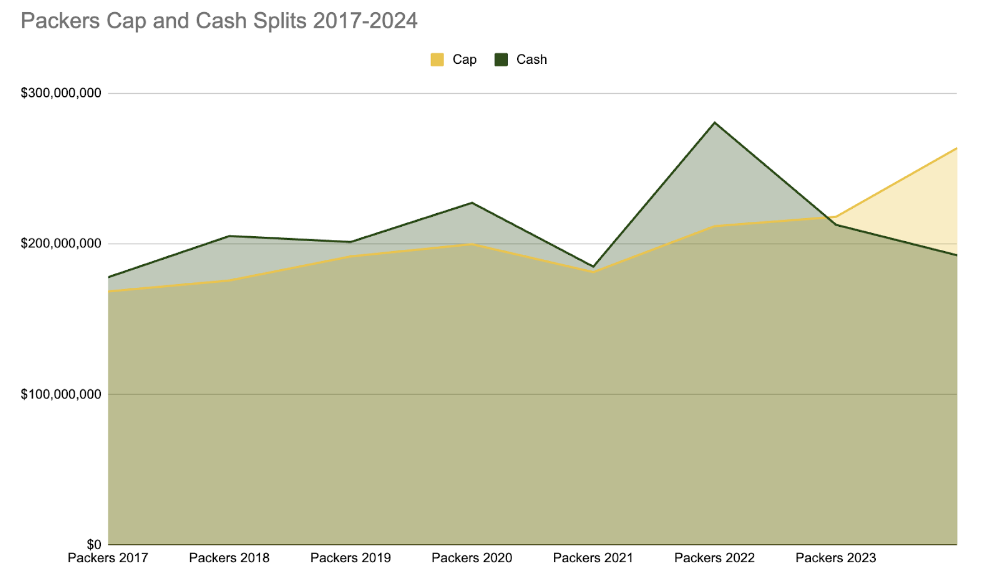
Notably, this shift seems to coincide with the departure of quarterback Aaron Rodgers and the emergence of Jordan Love.
When Rodgers was traded, the Packers went from one of the most expensive QB contracts to one of the league’s cheapest.
Brian Gutenkunst has been GM since 2018 and it seems he’s mostly spent more cash than what’s been reflected in the salary cap, besides the current departure.
Here’s how the rest of their roster is structured for the 2024 season:
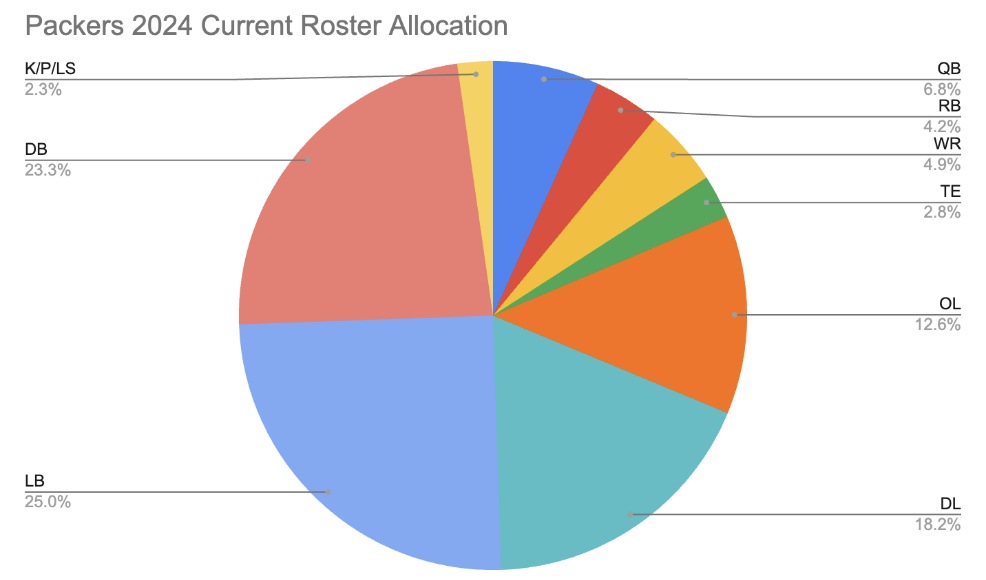
Like the Steelers, the Packers have invested mostly into linebackers. Notably, the Packers have much less cap dedicated to offensive line, but much more to defensive backs.
Kansas City Chiefs
The reigning two-time Super Bowl champions were chosen for this case study to illustrate what arguably the most successful team in the league does in terms of cash and salary cap.
Here is their salary cap and cash strategy since 2017:
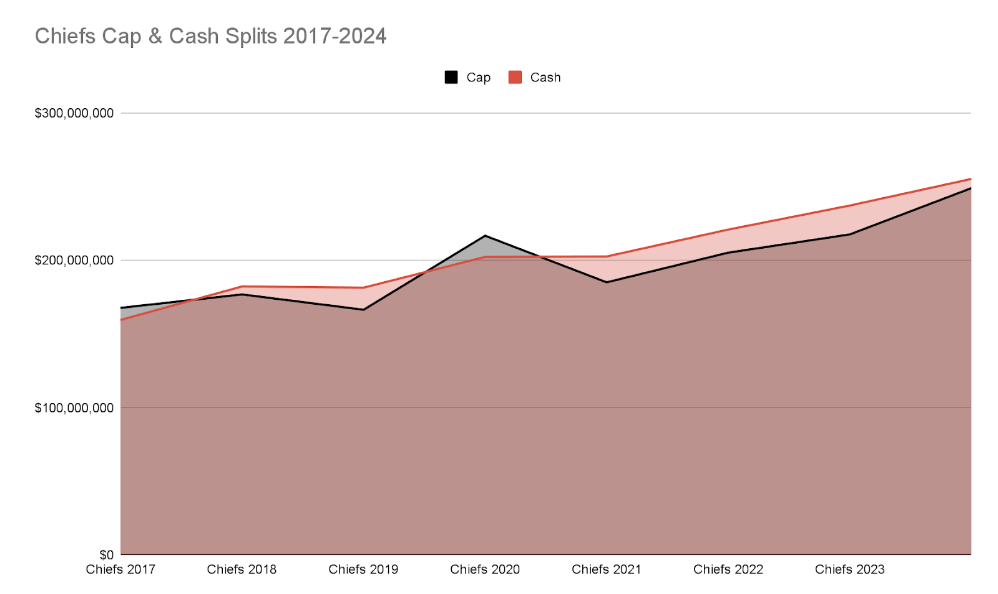
Under the helm of GM Brett Veach (since 2017), the Chiefs seem to have mostly spent more cash than reflected in the salary cap with the exception of 2017 and 2020.
Notably, 2017 was the season Patrick Mahomes was selected and 2020 was the first year that the salary cap actively decreased, which may be an explanation of why their strategy looked so different that season.
Here’s how their roster is currently constructed based on salary cap spending:
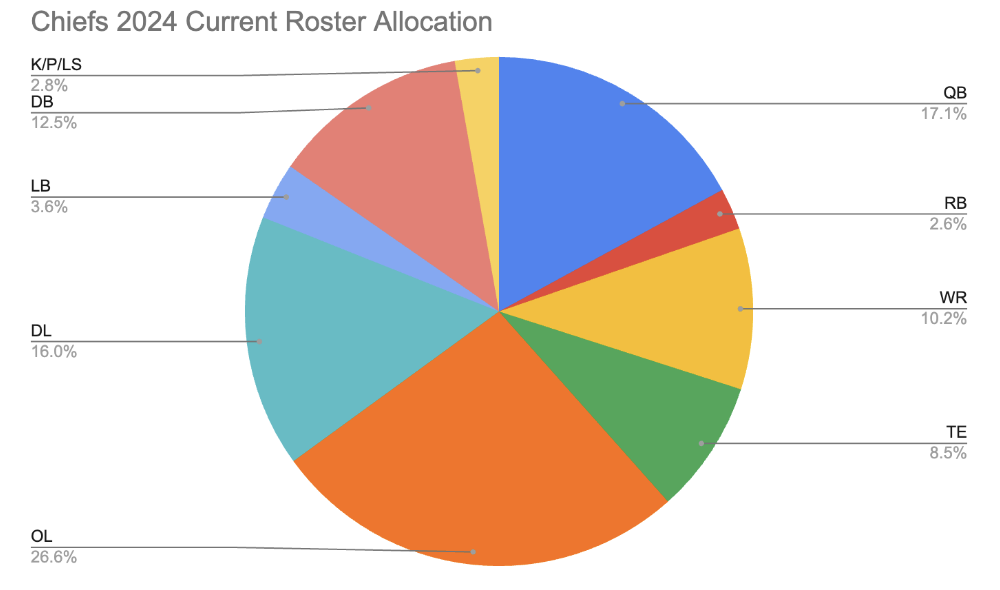
Out of all the teams so far in our case study, the Chiefs have had the highest allocation to quarterback, which makes sense as they have arguably the NFL’s best quarterback.
They also have significantly lower spending at linebacker than the Steelers and Packers, while also having a large portion dedicated to the offensive line.
Notably, they also have much more invested at the tight end and wide receiver positions than the two aforementioned teams.
Dallas Cowboys
The Cowboys have been under the command of owner Jerry Jones since the 1980s. Jones has single-handedly been a driving influence for the creation of the NFL salary cap, as he was willing to spend cash more than any other owner.
There are several rules that Jones’ conduct has single-handedly led to, including the Deion Rule (named after Deion Sanders, a rule that effectively limits the proportion of signing bonus allowable).
On the flip side, his strategy has been the most volatile of all teams in this case study.
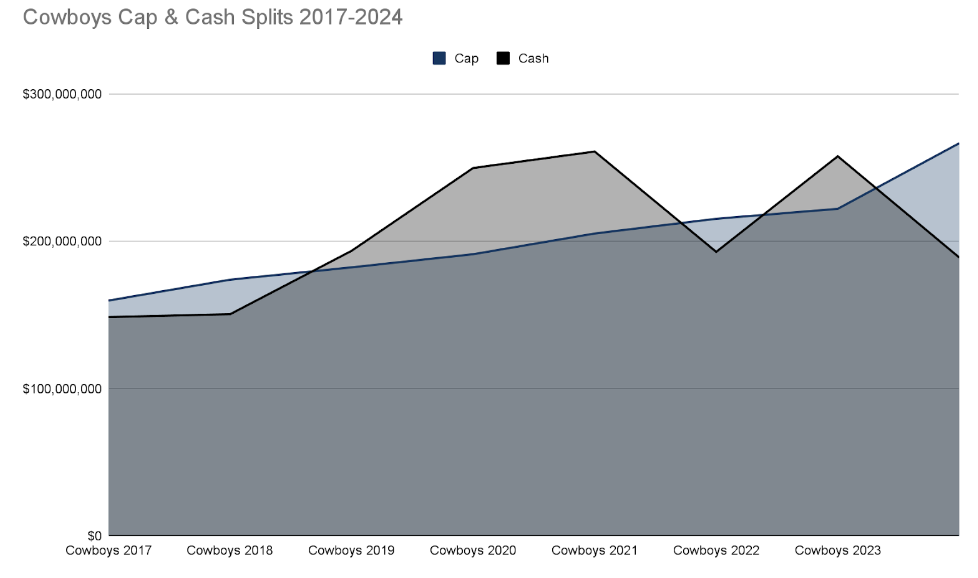
The Cowboys have generally spent more cash than what’s reflected in the salary cap, but this season they’ve not been big spenders and currently have less cash spent than what’s reflected in the salary cap.
Here is how the Cowboys roster is currently constructed:
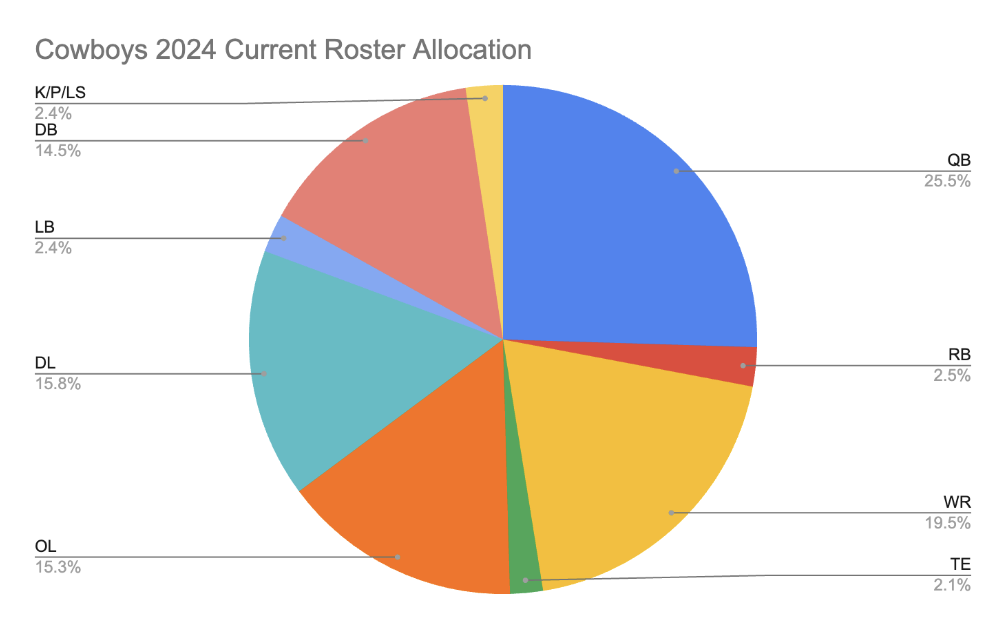
The Cowboys currently have the most spent on quarterback, and the most of all teams in this study.
This is a large part of the reason why they’re spending much less cash this season.
They also have the highest allocation to wide receivers, which is interesting given they still haven’t extended their best receiver, CeeDee Lamb, who remains on a rookie deal.
The Cowboys also have very little committed to the linebacker position.
Philadelphia Eagles
After winning the Super Bowl in 2017, the Eagles have made a considerable shift in strategy after 2018.
Roseman, the team’s longtime personnel chief, has been one of the most creative executives in terms of deal structure, which has been reflected in the salary cap and cash allocations.
The Eagles kept their cap and cash almost even until 2019, where they started spending significantly more cash than what’s reflected in the cap.
They’ve remained above this threshold since the 2019 season.
Here’s how the Eagles current roster is constructed in terms of salary cap spent.
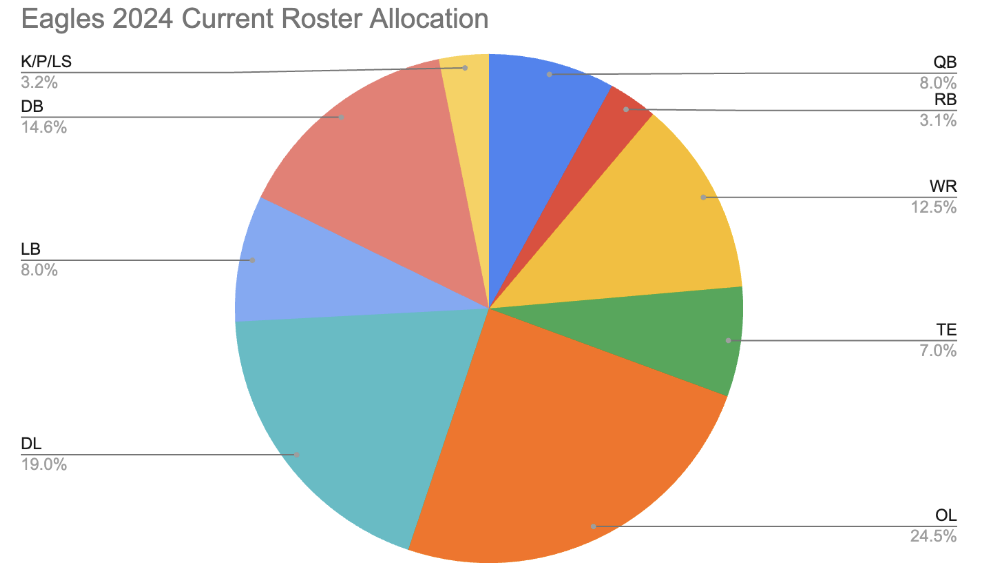
Let’s look further at the Eagles’ spending.
In most of the Eagles’ contracts for the starters, the cap hits are almost always lower than the cash spent (particularly looking at 2024).
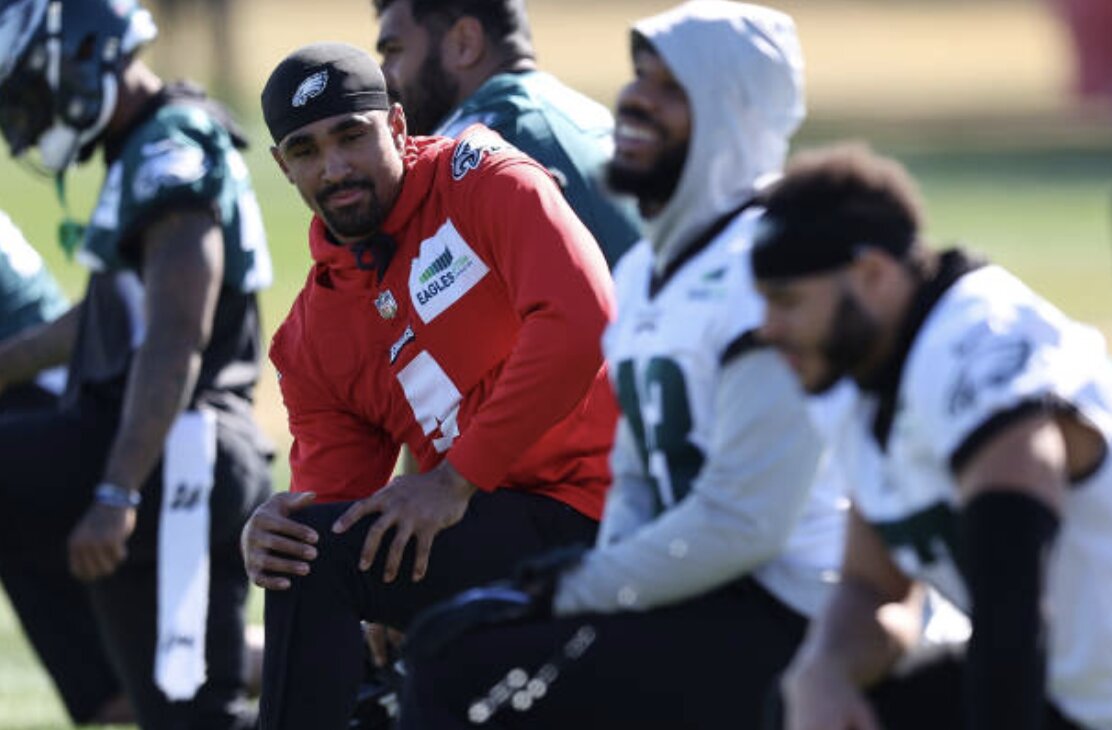
GETTY IMAGES: The Eagles gave QB Jalen Hurts (red jersey) a blockbuster extension in 2023 but used contract loopholes to spread the money over several years.
QB: Out of the five teams analyzed, the Eagles are third in QB spending even after making Jalen Hurts one of the highest-paid quarterbacks in the NFL.
The Eagles executed this extension while also reducing the amount against the salary cap in part by reducing the base salary and increasing the bonuses.
This utilization of cash allowed the Eagles to reduce the cap spend over the course of several seasons.
RB: Even after signing Saquon Barkley this offseason, the Eagles were still only third in this case study of running back spending. They also arguably have the best running back out of all of the teams in this study. Again, the Eagles reduced the amount of base salary and increased the amount of cash spent to get this result.
WR: Despite signing both Brown and Smith to large extensions, the Eagles’ current roster construction only has them second in this case study, with the Cowboys spending more proportionally at the position.
TE: Out of this case study, the Eagles have the second-most spent. Dallas Goedert also fits the bill for the Eagles, as his base salary is low and bonuses are high.
OL: The Eagles have the second-most dedicated to the offensive line, with only the Chiefs’ allocation more proportionally. The Eagles have emphasized the offensive line in both drafting and spending.
The recent Landon Dickerson extensions fit the trend. But the cap hit is significantly high in 2028, when the cap is still higher.
DL: The Eagles are also second in their allocation on the defensive line, with only the Steelers dedicating more capital. The Eagles also emphasize the defensive line in drafting and capital. It makes sense this is one of the highest positions of salary cap allocation.
LB: The Eagles are third in this study on linebacker cap spending. They historically have not dedicated draft capital or spending to this position, so this ranking makes sense.
The Devin White contract is a perfect example of their spending. They signed him to a very low base salary but with a signing bonus over voidable years. This means that White gets all of the money upfront (in cash spent), but for accounting purposes, his salary is spread on the books over several years.
DB: The Eagles are also third in this study on defensive back spending. They have recently committed less draft capital and spending on the safety position but have devoted more to the corner position. Since both positions are accounted for in this allocation, this percentage makes sense.
ST: The Eagles are second in this study for the special team positions. They just extended kicker Jake Elliot this season. Elliot’s deal structure mostly fits the Eagles’ general approach to contracts, with low base salaries and mostly more cash spent per year than cap hit.
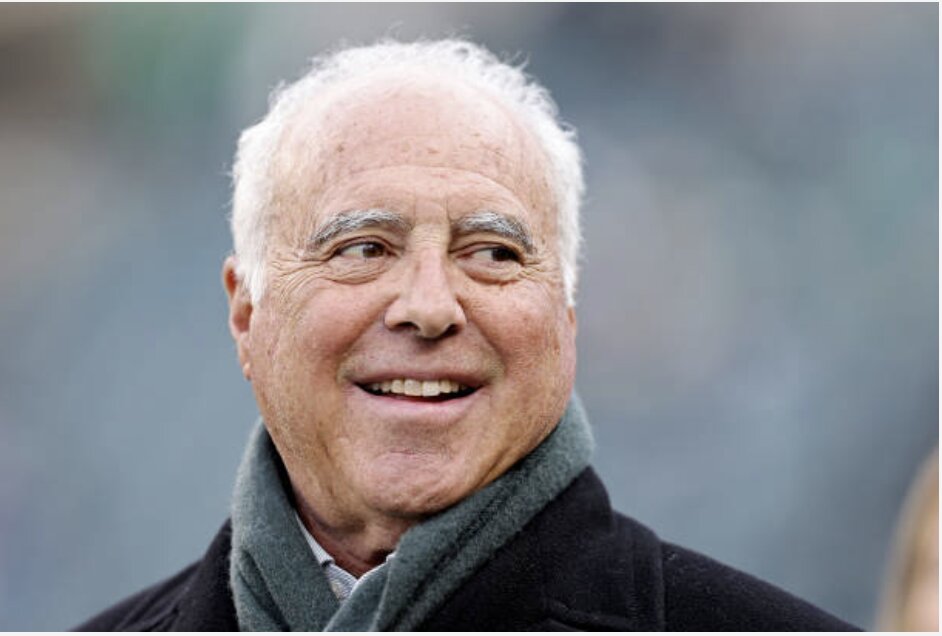
GETTY IMAGES: The Eagles have been one of the NFL’s most innovative teams for contracts since Jeff Lurie bought the team in 1994.
Conclusion
The Eagles were the most evenly balanced team of all the teams in this case study. For instance, they were not first in cap spending in any of the above positions. The strategy of higher cash spending and lower cap hits seems to be a strategy that the Eagles have employed since 2019.
It also seems to be an effective way to retain talent at key positions without breaking the bank for all of them. However, this strategy requires ownership’s willingness to spend a lot of cash each season.
So for as much as Roseman deserves credit for this strategy, his boss – Jeffrey Lurie – also deserves praise as well.
– Sam Finkel is a staff writer for InsideTheBirds.com whose focus is on analytics.
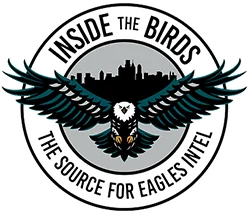
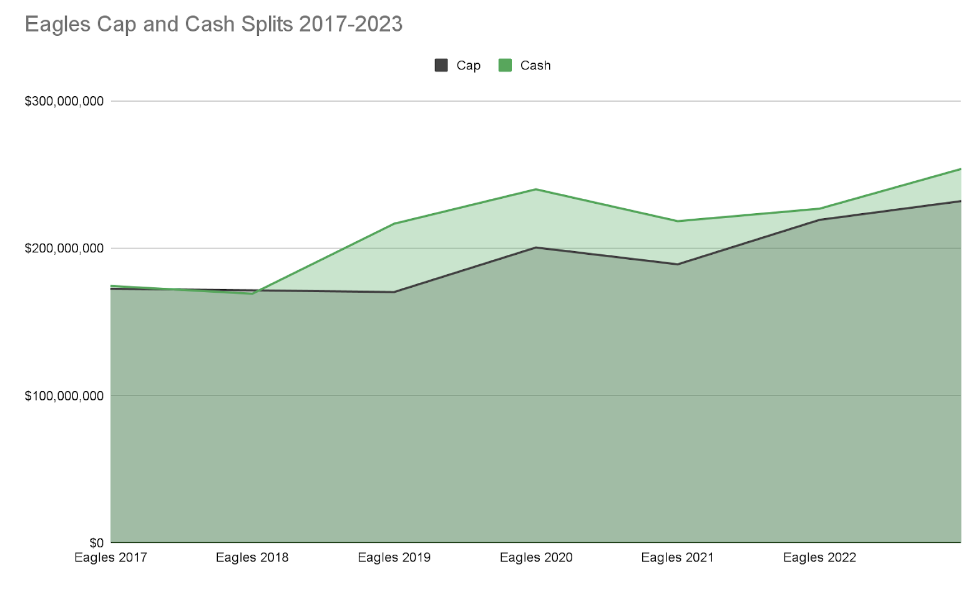
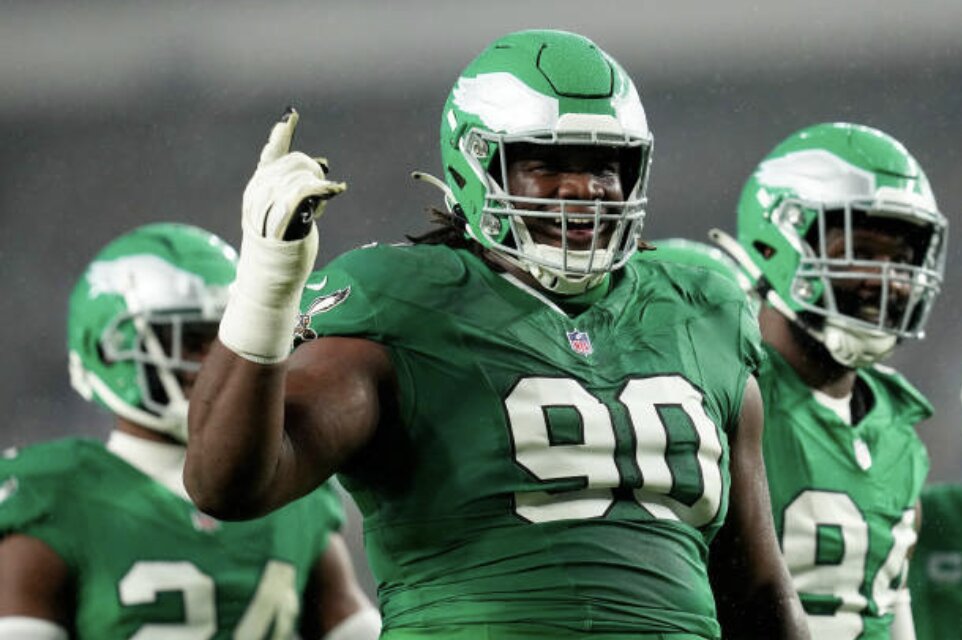




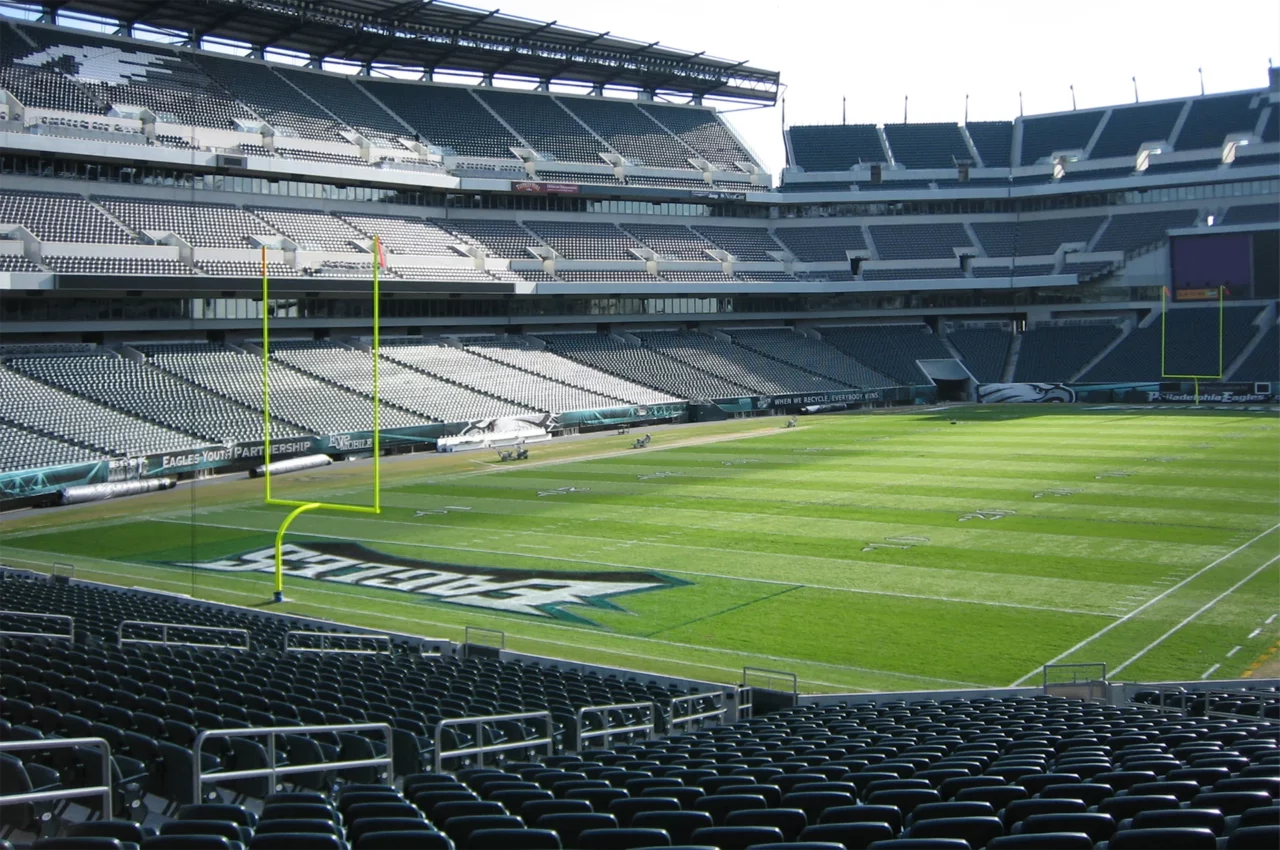
1 Comment